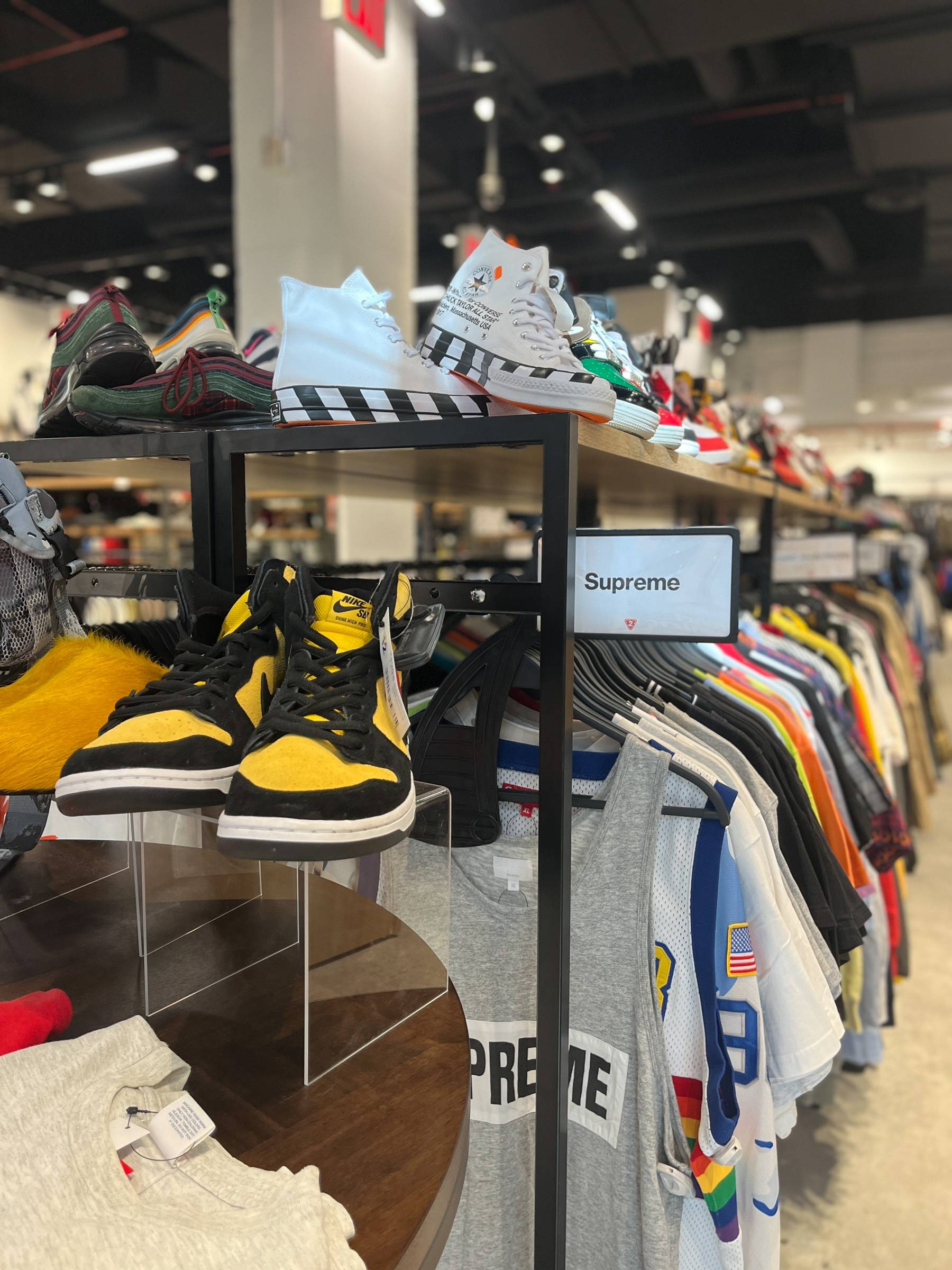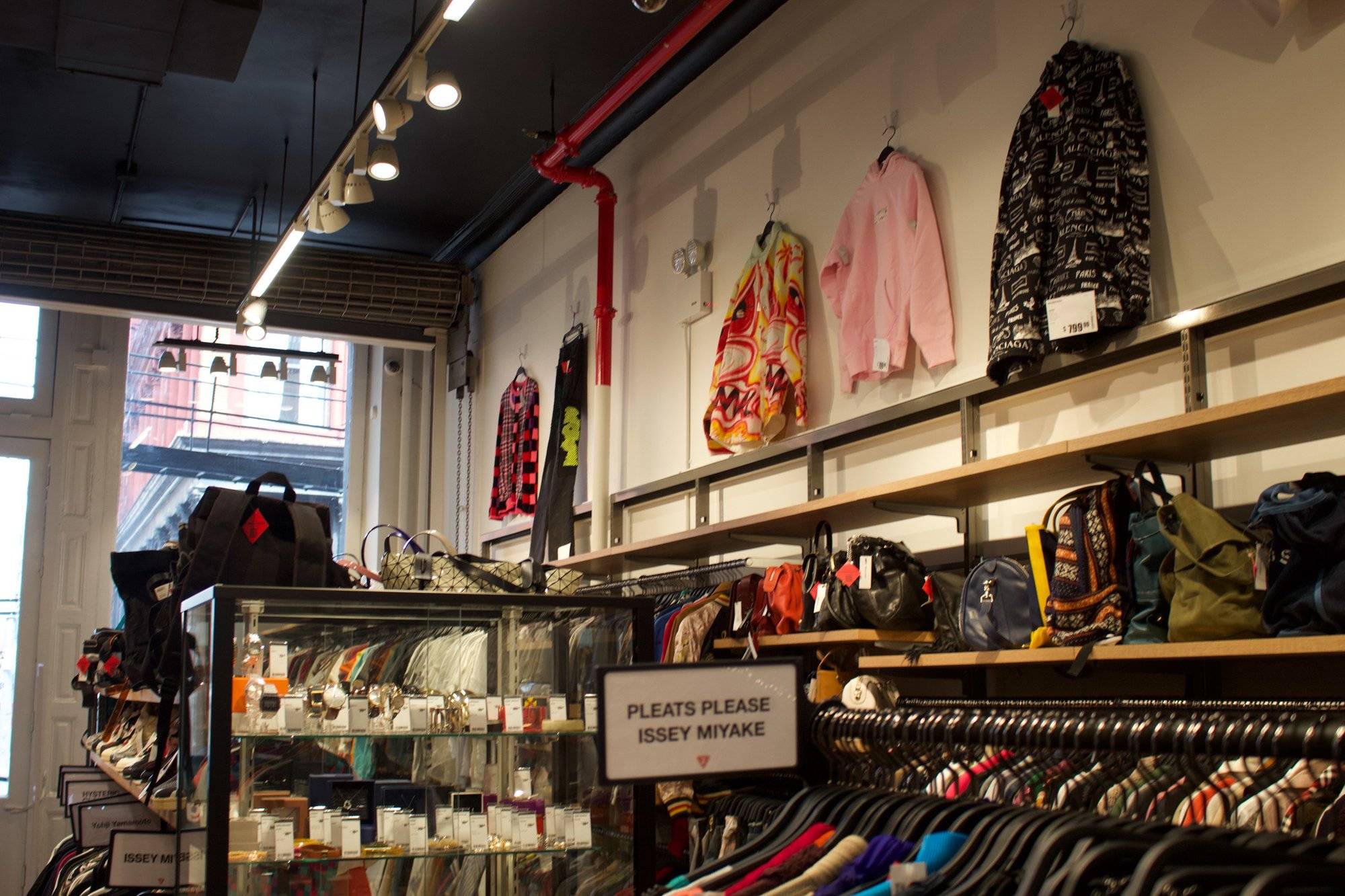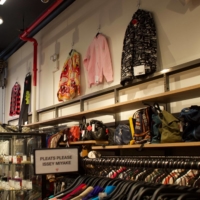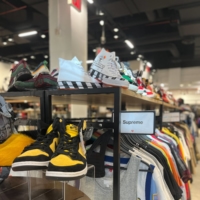The Year of the Rabbit kicked off with the customary clearance sales, and while Japanese shoppers are returning to department stores in pre-pandemic numbers, the lack of inbound customers continues to bite — although this means different things for different stores.
Seibu’s flagship department store in Tokyo’s Ikebukuro district is claiming a 50% increase in foot traffic compared to 2022’s year-opening clearance sales. Don’t get too excited; that doesn’t mean a return to 2019 sales figures. Rather, customers are at least venturing into the store.
Even with restrictions on international travelers largely lifted since October 2022 (with the crucial exception of mainland China, where restrictions were only lifted last month), a boost in tax-free shopping sales was conspicuously absent for January, and with Seibu pushing kimono-related events and traditional cultural experiences squarely targeted at domestic shoppers, it’s arguable that they weren’t expecting to see all that many foreign shoppers. That’s a shame, as these kinds of cultural events resonate with international shoppers looking to experience Japan’s unique New Year sales — they just have to feel invited.
Reports from Isetan Shinjuku show a similar pattern: a gentle 15% increase for first-day clearance sale customers. Isetan, however, is significantly more reliant on shoppers from abroad, who quite simply aren’t yet back in Shinjuku in full force.
Despite that, Isetan is leading the way on new market models for the clearance season. The biggest shift has been to make fukubukuro grab bags available for preorder online. This allows the store to know exactly what the demand is before deciding what “random” items are in each bag — a level of micromanagement great for utilizing unsold inventory while still making sure customers enjoy the buzz of a surprise.
Isetan has also restricted the number of brands making it to clearance in the first place. Down from around 650 to 580 compared to last year, big brand names used to get people lined up for the first sales of the season, but Isetan realized that people are going to line up anyway and has greatly shifted its focus to proprietary brands and ones the company holds a stake in. The clearance sale experience is a sufficient customer draw in and of itself, a fact that should be a great relief for a COVID-ravaged department store industry.

At the other end of the market, Japanese used fashion retailer 2nd Street is now breaking into the United States with its first retail location in Brooklyn, New York, which opened on Jan. 14. The Japanese used and vintage fashion industry was all but created by industrious buyers heading out to flea markets in the U.S. and scavenging for bargains to be sold back in the Tokyo vintage hubs of Shibuya, Shimokitazawa and Koenji.
The appeal of these stores back in the late 1990s, when vintage found a mainstream audience beyond collectors, was not the same as the flea markets back in the U.S. Used clothes were, of course, a shade cheaper, but rather than being a treasure hunt through damaged and smelly stock, the Japanese vintage scene flourished on cleanliness, quality and careful curation of stock by the buyers.
It’s that last point on curation that’s the most important: Making sure your store doesn’t smell is a necessary hurdle to reaching a mainstream audience, but they need a good reason to come in in the first place. Japan, and Tokyo in particular, won its reputation as a vintage fashion capital because of how well its stores were merchandized around a strong central theme. In the mid 2000s, styles like the whimsical, doll-like mori (forest) girl grew out of vintage shops like Grimoire, who turned Western dead stock into a new fashion tribe, that in turn called out to those same Western countries who would visit Japan to buy back their old clothes.
Chains like 2nd Street tick all these boxes, filtering out any stock that is going to put customers off and displaying trendier clothes in an accessible and aspirational store layout. If the Brooklyn store is anything like 2nd Street’s Tokyo locations, it won’t have a problem standing out even in a crowded market. To add to that: When the Tokyo vintage scene was kicking off in the ’90s, the holy grails of the used fashion hunter were mostly American heritage — early Ralph Lauren and rare Levis with used car prices. Now demanding premium prices are vintage Yohji Yamamoto, Comme des Garcon and streetwear from the early 2000s, the golden years of the Harajuku fashion scene.
The Brooklyn 2nd Street shop adds to locations in Taiwan and Malaysia, showing the company might well be on its way to becoming the first true global used fashion chain, an achievement in its own right. As we all consider the impact of our relationship with disposable fashion, any movement that mobilizes the vast wealth of clothing we already have at our disposal is a cause worth championing.



















With your current subscription plan you can comment on stories. However, before writing your first comment, please create a display name in the Profile section of your subscriber account page.